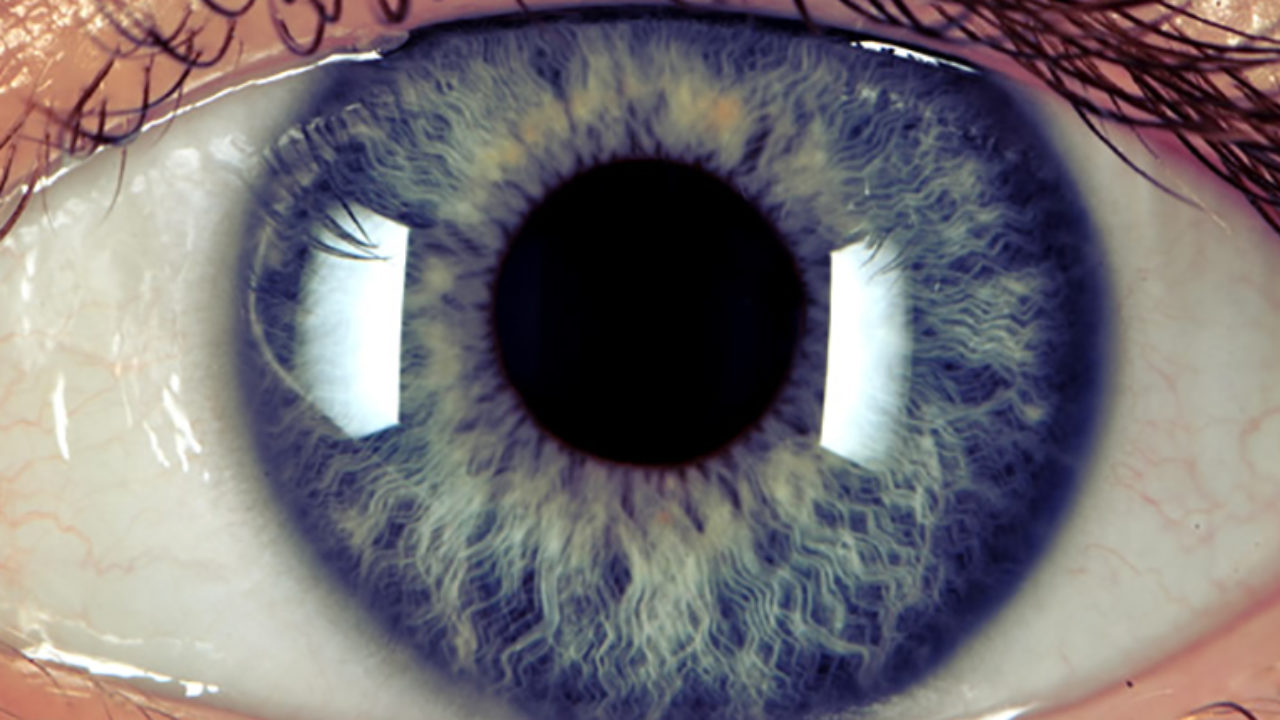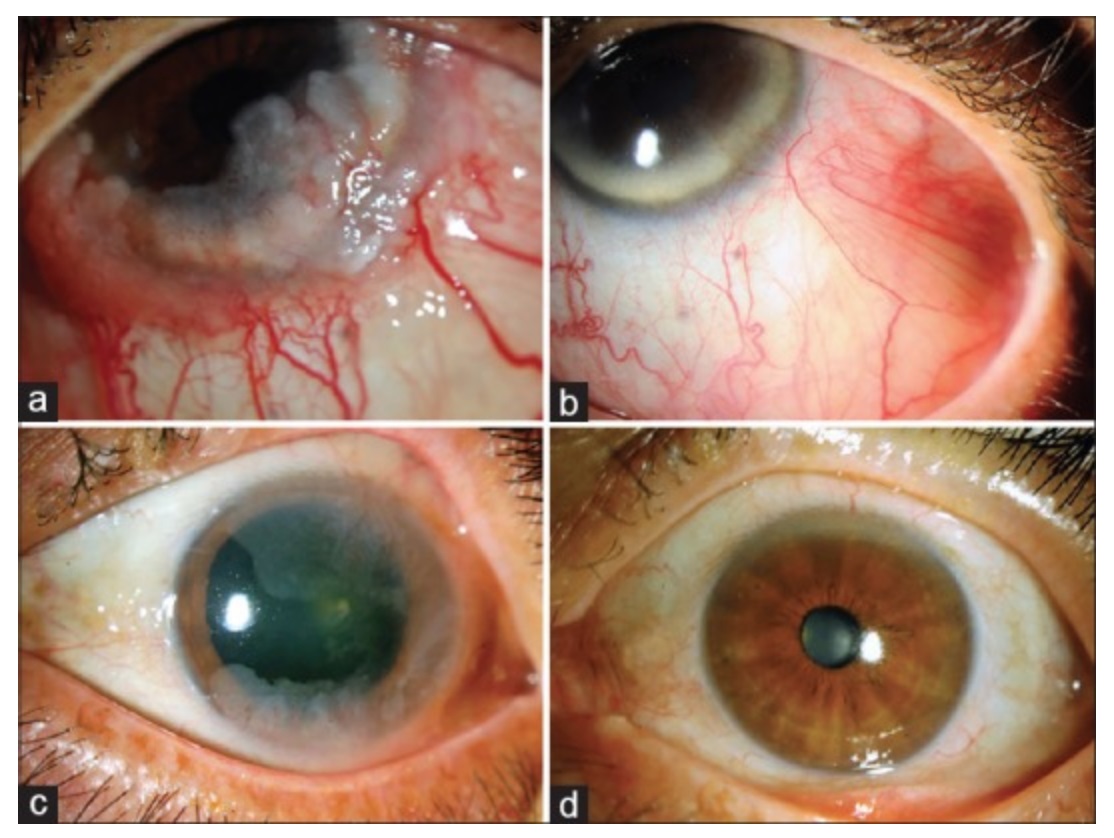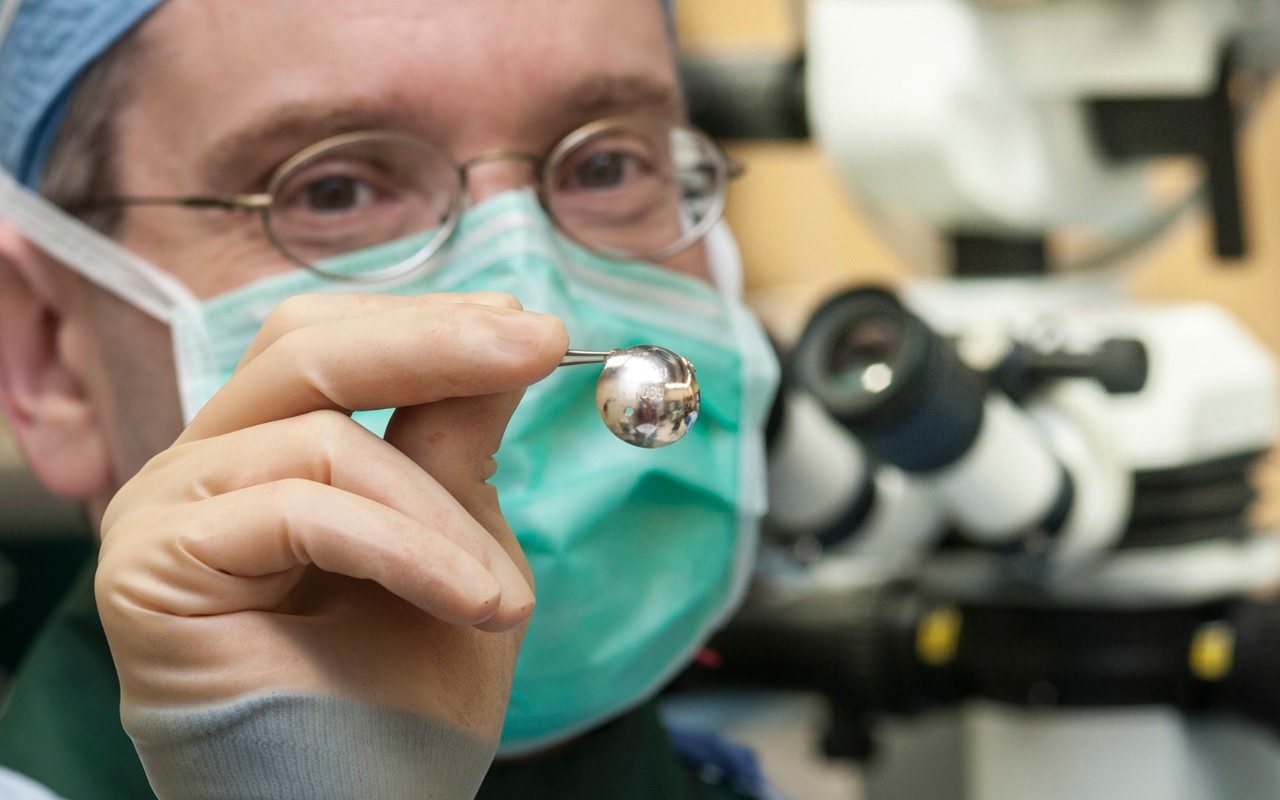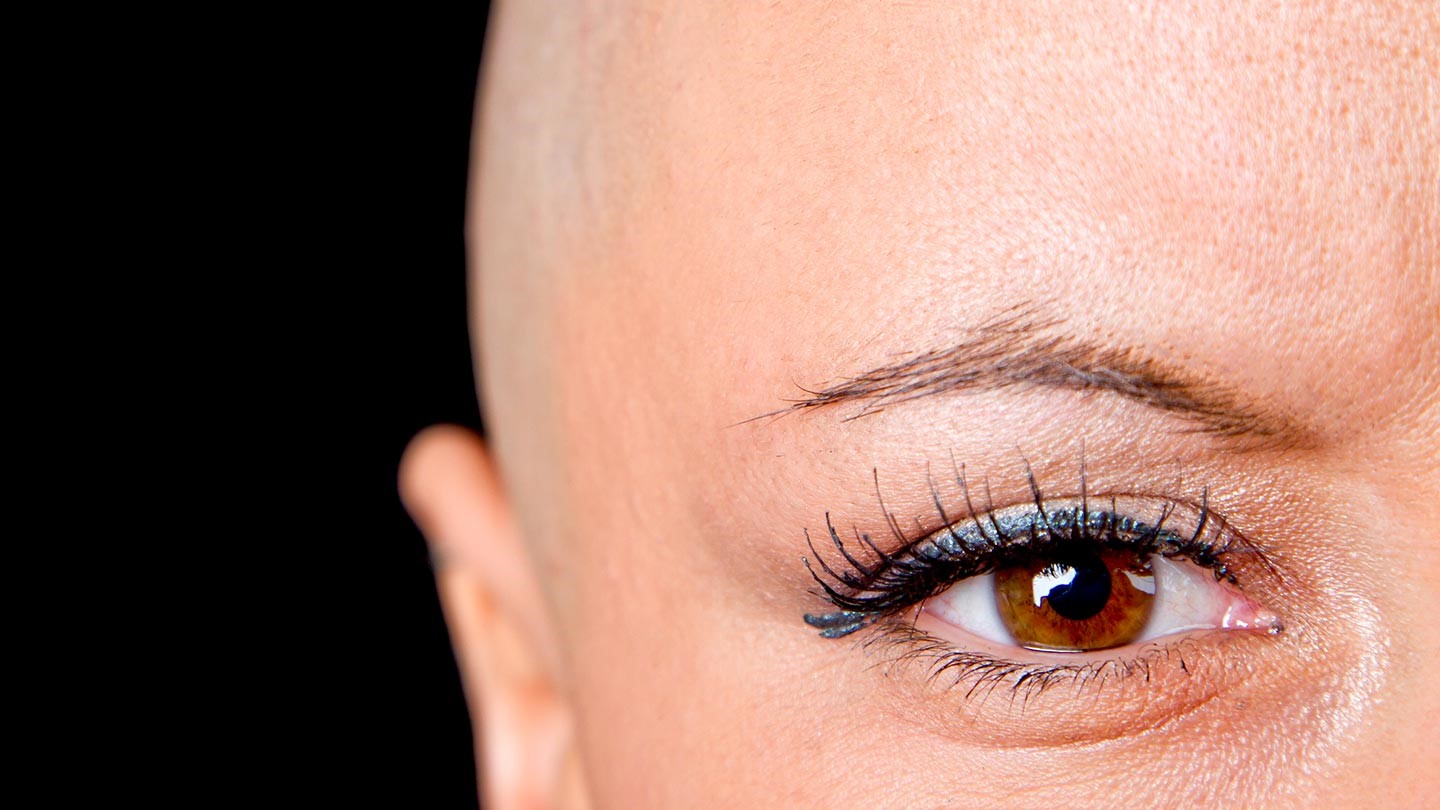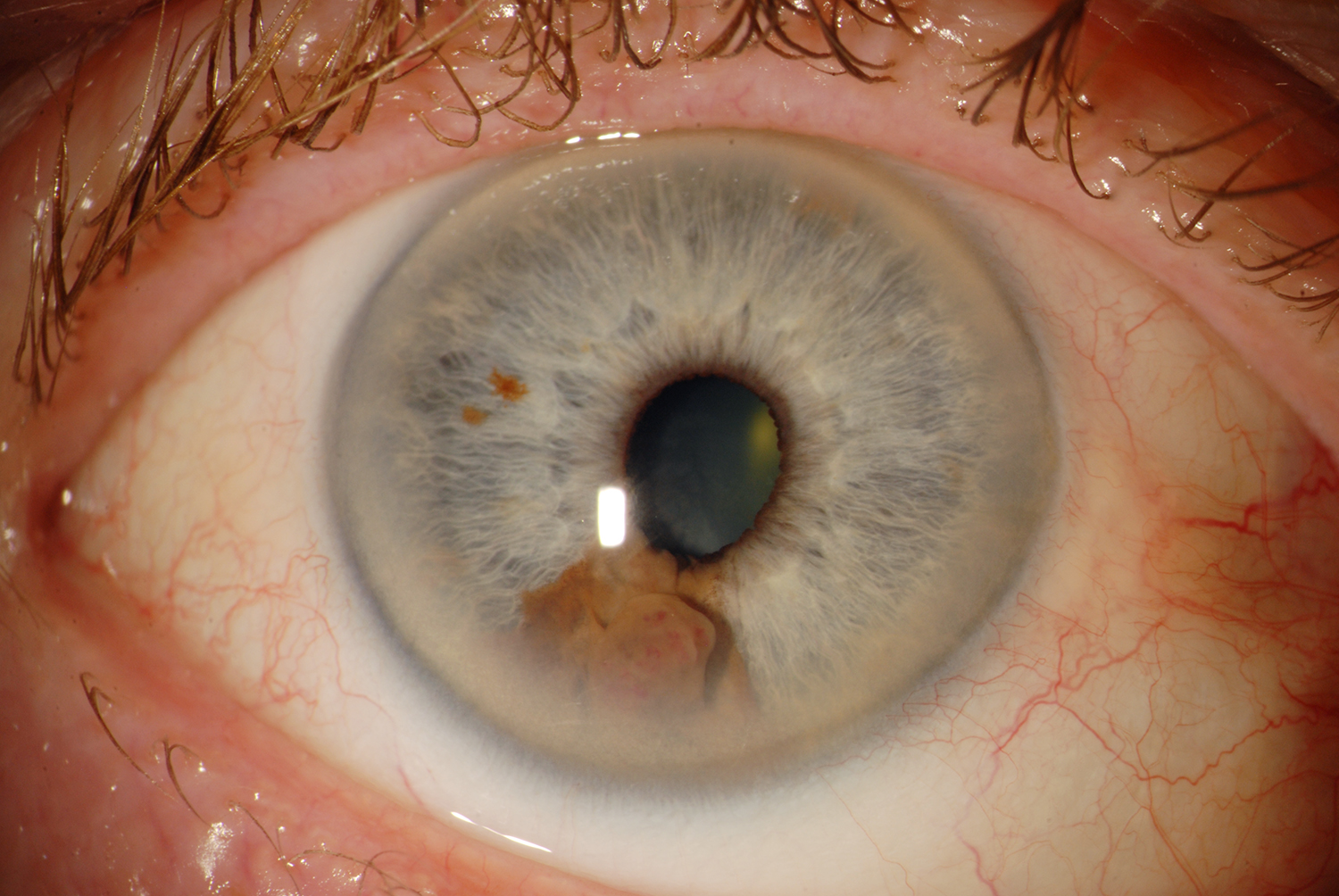Eye Cancer Treatment in Iran Details
What Is Eye Cancer?
The condition where various types of tumors occur in different parts of the eye is termed as eye cancer — the uncontrollable growth of cells in the eye that forms a mass known as a tumor.
A tumor can be both malignant and benign. Intraocular malignancy is a cancer that develops in the eyeball.
Ophthalmologists are the doctors who specialize in the function and diseases of the eye.
These doctors treat and diagnose the condition of intraocular melanoma.
While Optometrists are not medical doctors and they only prescribe eye correcting glasses. An Optometrist cannot treat intraocular cancer.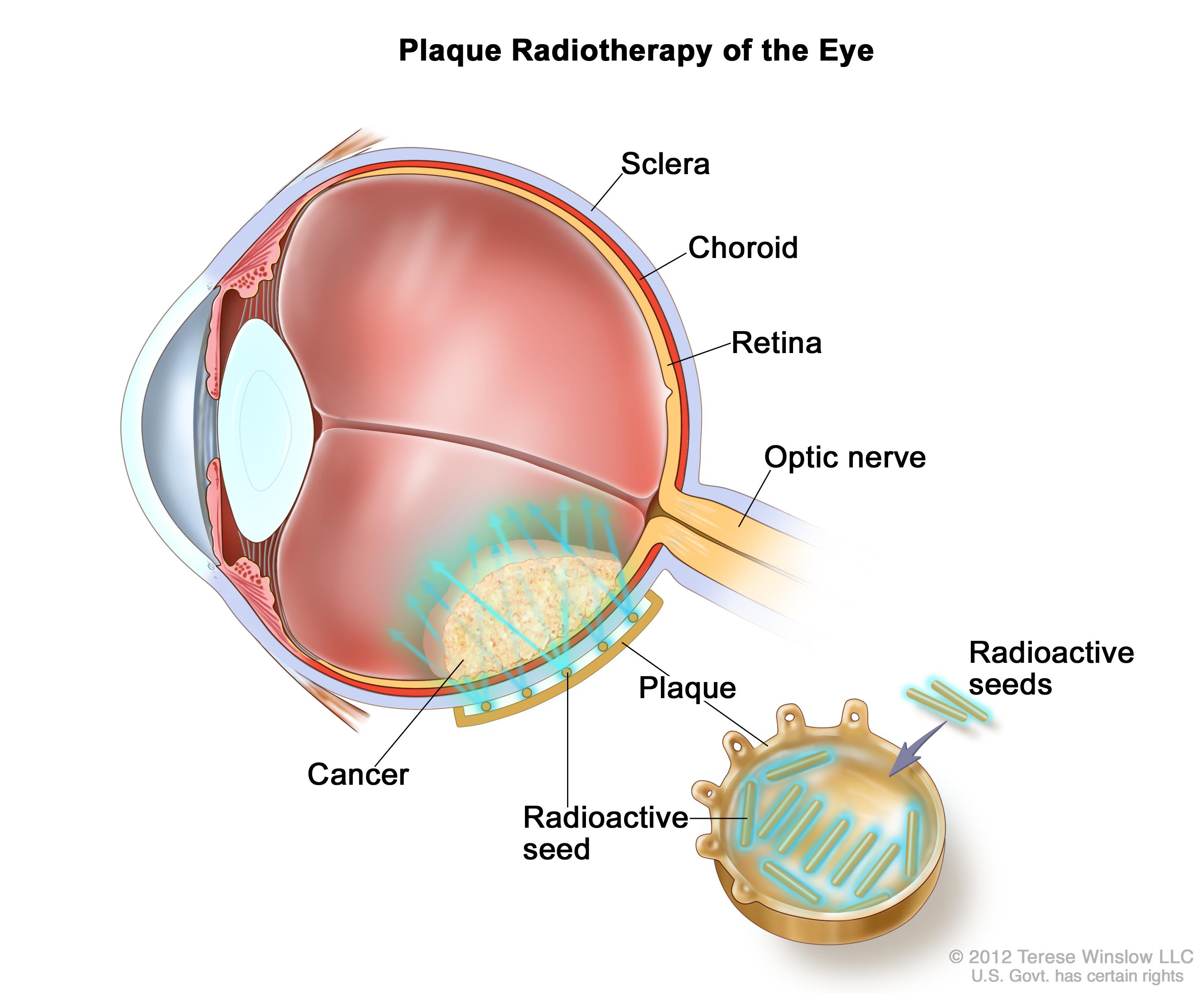
Types of Eye Cancer
Cancers of the Eyeball
The intraocular cancers include the following types of
- Lymphoma of the eye
- Rare cancers in children
- Melanoma of the eye
- Secondary Eye Cancers
- Cancers around the eyeball
Lymphoma of the eye
Lymphoma is the part of the immune system and generally starts in the lymph nodes.
It is a rare condition of lymphoma developing inside the eyes and is termed as intraocular lymphoma.
The cause of intraocular lymphoma is the weak immune system.
People who are elderly, or are suffering from AIDS, or they had organ transplants that where they are required to take drugs to damp down their immune system.
Rare cancers in children
Medulloepithelioma and Retinoblastoma are the two types of eyeball cancers that develop in the children.
Medulloepithelioma generally does not spread and is a rare type of tumor found, especially in young children.
Retinoblastoma is also a rare type of tumor that develops in children who are under the age of five.
Melanoma of the eye
Melanocytes cell which turns cancerous in melanoma and usually these cells make coloring or pigment.
The melanocytes can be found in the lips, in the coating of the organs and on skin.
Melanomas begin in the skin and can also occur in the other body parts along with the eye.
The melanoma of the eye can begin in the eyelid, eyeball, or conjunctiva.
Eyelid melanoma and conjunctive melanoma are the types of extraocular cancers which are of rare types.
Choroidal melanoma or uveal melanoma is that eye cancer type that develops in the tissues inside eyeball’s middle layer known as choroid.
Iris melanomas can be easily detected in its early stages. Iris melanoma usually does not spread to the different body parts and is very slow-growing.
The melanomas are categorized into three types that are based on their cancerous look when examined under the microscope.
- Spindle cell melanomas.
- A mix of non-spindle and spindle cells.
- Nonspindle cell melanomas (epithelioid).
Secondary eye cancers
It has been seen that a cancer spreads to the eye from a different part of the body.
Secondary eye cancer is that cancer where cancer has spread to the eye.
In men, this cancer is likely to occur with lung cancer while in women with breast cancer.
Cancers around the eyeball
The cancers can also spread in the structures and tissues that surrounds the eyeball.
Accessory muscles and the orbit are the areas around the eyes.
Cancers of skin tissue, muscle, and nerve generally develop in these parts of the eye.
Diagnosis of Melanoma of the Eye
To diagnose eye cancer, signs and symptoms are required that might confirm the presence of the eye cancer.
Examining the eye is the most significant point in diagnosing the melanoma of the eye.
An Ophthalmologist may look for large blood vessels on the outer side of the eye that can prove to be an indication of a tumor.
Special instruments are used to look in the eye for detecting any abnormality in the eye.
These instruments are gonioscopy lens, ophthalmoscope, and indirect ophthalmoscope.
Signs and Symptoms of Eye Cancer
There are different symptoms in adults and children.
The symptoms of eye cancer in adults include the followings:
- Loss of peripheral vision
- Blurred vision in one eye
- Bulging eye
- Floaters
- Painful or red eye
- Dark spots on iris or change in iris color
The symptoms of eye cancer in children include the followings:
- Different colored pupil in each eye
- A white pupil
- Misaligned eyes or cross eyes
- Eye pain because of the development of glaucoma
Causes of Eye Cancer
Eye cancers can be divided into primary and secondary.
The primary eye cancers begin in the eye tissues while secondary cancer begins in different parts of the body, and from there has been spread to the eye.
The causes of eye cancer are still unknown, but lung cancer and breast cancer are the two types of cancer that causes secondary eye cancer.
Treatments of Eye Cancer
Surgery, Chemotherapy, and radiotherapy are the types of treatments for eye cancer.
These treatments depend on the followings:
- The age and level of fitness
- The type of eye cancer
- The size of the tumor and how far cancer has spread
- The general health of the affected person
The treatment for eye melanoma is radiotherapy or surgery or in some cases both.
The surgery depends upon three factors – the size of the tumor, location of the tumor, and the rate of affecting the patient’s eye.
For the growing iris melanoma tumor, one of these operations will be performed-
- Removal of the entire eye
- Removal of the iris
- Removal of the tissues and the iris around the clear layer covering the front of the eye
- Removal of the ciliary body and the iris
For treating melanomas that have spread outside the eyes are enucleation and radiotherapy.
The lymphoma of the eye can be treated by using chemotherapy, biological therapy, and radiotherapy.
Pterygium
The condition of Ptergium affects those people who spend a lot of time outside.
This common eye condition leads to the development of pink, fleshy tissue of the white part of the eye.
Also referred to as surfer’s eye, the condition generally develops on the side near to the nose.
Choroidal Nevus
The most common type of intraocular tumor, choroidal nevus occurs in about 7% of adults.
The lesions of this condition have no symptoms and can be detected by a routine eye examination.
This condition is usually not seen in children and adults it can be minimally elevated, non-pigmented or pigmented and even flat.
Orbital Pseudotumor
The swelling of the tissue behind the orbit (back area of the eye) is termed as an orbital pseudotumor.
The eye is situated on the orbit, which is a bony cavity in the skull.
The orbit protects the muscles, tissues and the eyeball which surrounds it.
Orbital pseudotumor does not spread to any other body parts.
Retinal Pigmented Epithelium (RPE)
Also referred to as a pigmented layer of the retina, this pigmented cell layer is responsible for nourishing the retinal visual cells.
The retinal pigmented epithelium is attached to the overlying retinal visual cells and the underlying choroid.
Cost of Eye Cancer Surgery
Every year many patients from all the world visits Iran to get the treatment for eye cancer.
The cost of eye cancer surgery in Iran is meager, and we use the latest techniques for treating eye cancer.
The total treatment rates vary according to the type of eye cancer a patient is afflicted with.



